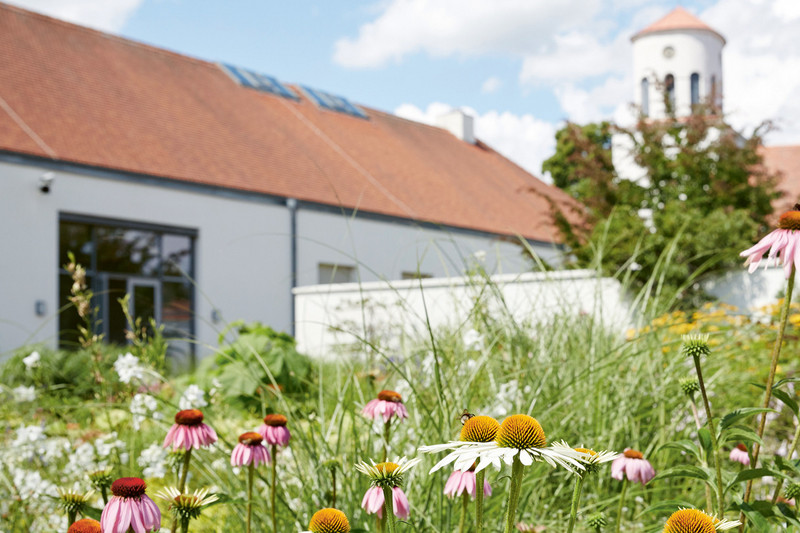Der Himmel über Brandenburg
('The sky above Brandenburg')
Berlin Impressionism landscapes
Like a seismograph, the way landscape painting developed in the 19th century illustrates the mental state of a society shaped by profound upheavals. Whilst Romanticism still saw nature as a vastly superior source of astonishment, and the countryside was considered to be a mirror image of the soul, the breakneck speed of technological progress and the industrialisation, with all of the challenges and political turmoil these led to, gave rise to an increased desire for withdrawal to the seemingly pure, unspoilt great outdoors.
Particularly in rapidly growing Berlin, whose population found itself caught in the volatile environment of working class impoverishment versus a reactionary emperor at the head of the nation, a scintillating nightlife and a self-assured bourgeoisie, artists searched for quiet and inspiration in the Mark Brandenburg countryside. Instead of Italy's Arcadian hills or spectacular mountain ranges, Brandenburg's pine forests, riverside meadows, inland dunes and lakes became their motifs. Taking the French Impressionists as their role models, these artists took their canvasses outdoors to capture the region's fleeting moods in a style that is certainly unique. Their works, sometimes naturalistic and sometimes idealised, capture the character of this rural region in a special way, and have lost none of their impact. It is particularly the skies that make these landscape paintings striking and atmospheric.
In the Caspar David Friedrich year 2024, the art world focuses on Romanticism; the Stiftung Schloss Neuhardenberg foundation, however, dedicates itself to the Impressionism of the 19th century's second important revival of landscape painting. Thanks to numerous loans from renowned public and private collections, the exhibition features works from acclaimed artists such as Lesser Ury, Walter Leistikow and Karl Hagemeister, as well as rediscovered works from some of their less well-known contemporaries, such as Julie Wolfthorn, Philipp Franck or Paul Vorgang, that provide a deeper insight into the genre's diversity.




